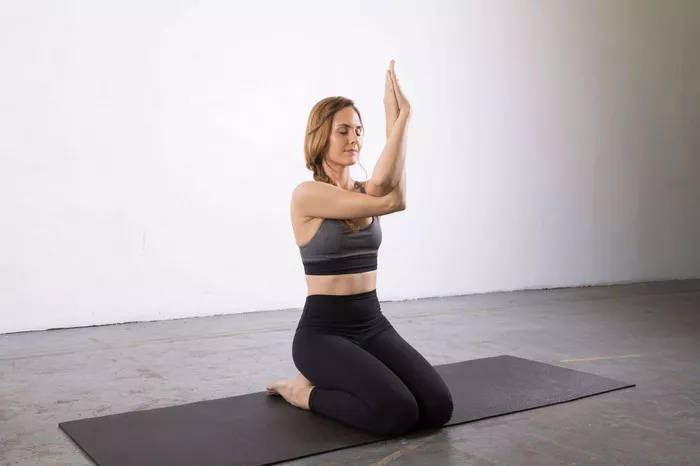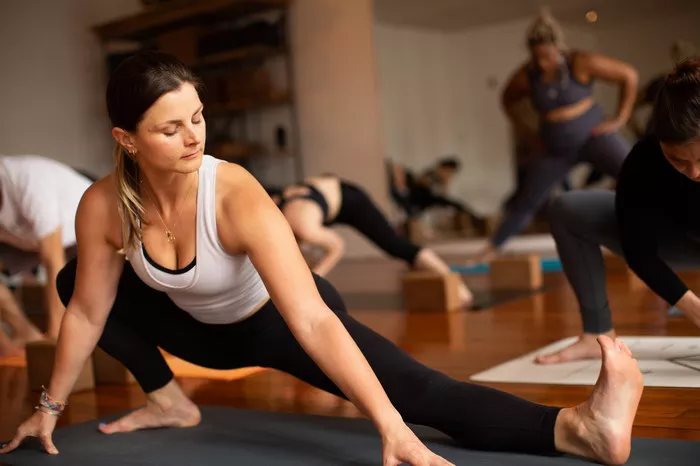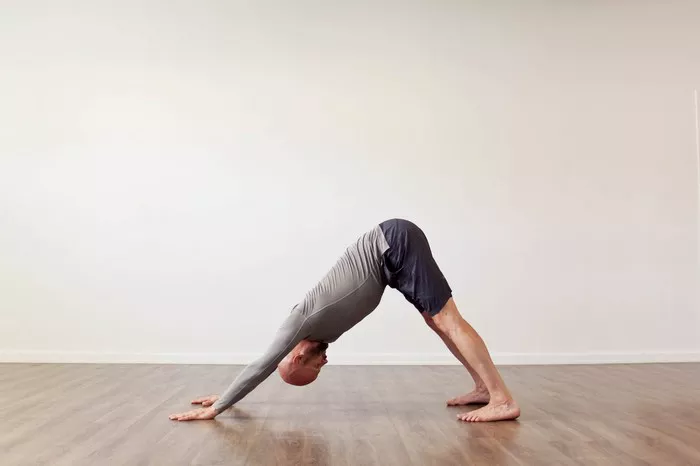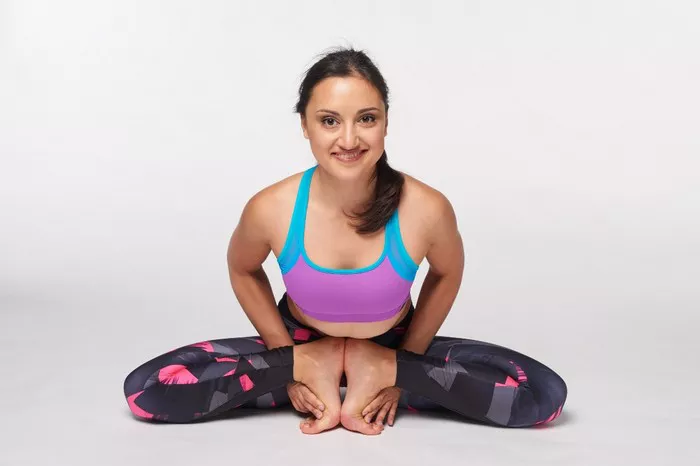Yoga is an ancient practice that brings balance, strength, flexibility, and mental clarity. Whether you’re a seasoned yogi or a beginner, practicing yoga outside can offer an enriching and refreshing experience that enhances your connection with both yourself and the natural world around you. The air is fresher, the sounds are more soothing, and the energy is different—making outdoor yoga an excellent opportunity to deepen your practice. However, practicing yoga outdoors does come with unique considerations that differ from indoor yoga. In this article, we will discuss the benefits of outdoor yoga, the best places to practice, how to prepare, and some key tips to ensure you have a safe and fulfilling yoga experience in nature.
Why Practice Yoga Outdoors?
Practicing yoga outside can have numerous physical, mental, and emotional benefits. Here’s why it’s worth considering:
Connection with Nature
The outdoors offers a serene and calming environment. The sounds of birds chirping, leaves rustling in the wind, and the gentle flow of water create a peaceful soundtrack to your practice. The presence of trees, plants, and open skies helps you feel grounded and connected to the earth, enhancing mindfulness and presence during your yoga practice.
Vitamin D and Fresh Air
Exposing your body to natural sunlight has numerous benefits, including the production of Vitamin D, which is essential for bone health and immune function. Breathing in fresh outdoor air can help cleanse your lungs and refresh your mind, especially if you’ve been indoors for long periods. The combination of sunlight and clean air can make you feel more energized and invigorated.
Mental Clarity
Outdoor yoga can be incredibly rejuvenating for the mind. Nature is often less cluttered than indoor spaces, making it easier to focus on your practice and clear your mind of distractions. The soothing sounds of nature can promote relaxation and mental clarity, helping to reduce stress and anxiety.
Enhanced Flexibility and Strength
The varied terrain outdoors can challenge your balance and stability, helping to enhance your strength and flexibility. Practicing on grass or uneven surfaces requires more engagement of the muscles, which can lead to a deeper practice.
Best Locations for Outdoor Yoga
The location of your outdoor yoga session can greatly impact the experience. Ideally, you want a space that is quiet, peaceful, and conducive to mindfulness. Here are some great places to practice yoga outside:
Parks and Green Spaces
Public parks and green spaces are wonderful locations for outdoor yoga. These areas are generally quiet, with soft grass underfoot, making them perfect for grounding postures. Additionally, the presence of trees and plants helps to provide a natural backdrop, contributing to the sense of peace and tranquility.
Beaches
Beaches provide a stunning setting for yoga with the sound of waves crashing and the expansive ocean horizon. The sand can offer a firm, yet soft surface to practice on. The beach environment also provides a unique opportunity to practice barefoot, engaging the feet and activating the muscles in a different way compared to practicing on solid floors.
Forests and Woodlands
Practicing yoga in the forest can feel incredibly rejuvenating. Surrounded by towering trees and dense foliage, you’ll feel enveloped in nature’s embrace. Forests can offer plenty of solitude and peace, making them ideal for meditation and breathwork. The natural uneven ground can be a fun challenge for balancing postures, offering a more dynamic practice.
Gardens and Botanical Spaces
Botanical gardens provide an aesthetic and serene environment for yoga. With blooming flowers and well-maintained greenery, these spaces are peaceful and beautiful. If you enjoy practicing yoga surrounded by vibrant colors and pleasant aromas, a garden setting can be a perfect match.
Hiking Trails or Mountain Tops
For the adventurous yogi, hiking trails or mountain tops offer an incredible location for yoga. The fresh mountain air and panoramic views can provide a profound sense of perspective. However, keep in mind that the uneven and often sloped terrain can make this type of yoga practice more challenging.
How to Prepare for Outdoor Yoga
Although outdoor yoga is incredibly rewarding, it requires a bit more preparation than a typical indoor practice. Here are some tips to ensure your session is safe, comfortable, and enjoyable.
Check the Weather
The weather will greatly influence the quality of your practice. It’s important to check the forecast before heading outside. Avoid practicing yoga in extreme weather conditions like heavy rain, high winds, or intense heat. Ideal weather for outdoor yoga is mild to warm temperatures with gentle winds. If you practice in the morning, you may also enjoy the cool, dewy air.
Dress Comfortably
Choose clothing that is comfortable and suited for the outdoor elements. Opt for breathable, moisture-wicking fabrics to keep you cool and dry. If you’re practicing in cooler weather, bring layers that you can easily remove as you warm up. Don’t forget a hat or sunglasses to protect your face from the sun.
Bring a Yoga Mat or Blanket
While some outdoor spaces, like grass or sand, can offer soft surfaces, you’ll still need a mat or blanket to create a stable and non-slippery surface for your practice. A yoga mat provides a non-slip surface and cushioning for your joints. If you’re practicing on sand or dirt, a blanket can be a good alternative. Make sure your mat is weatherproof and easy to clean if you’re practicing in areas that may get muddy or wet.
Stay Hydrated
Yoga can be physically demanding, especially when practiced outdoors under the sun. Be sure to drink plenty of water before and after your practice, and keep a water bottle nearby during your session. If you’re practicing in hot weather, bring electrolyte-rich drinks to keep hydrated.
Pack Sunscreen and Bug Repellent
If you’re practicing yoga in the sun, don’t forget to apply sunscreen to protect your skin. For areas with mosquitoes or other insects, bug repellent will be essential for a peaceful practice. Be mindful of the area you choose and consider how the surrounding environment might affect your comfort.
Bring Some Props
If your practice usually involves props, such as blocks, straps, or a bolster, feel free to bring them along. Outdoor settings can sometimes present additional challenges that make props useful, especially if you need extra support for balance or stretching.
Yoga Poses for Outdoor Practice
Once you’ve selected the perfect outdoor setting and prepared yourself for the practice, it’s time to move into the yoga poses. Here are some poses that are particularly well-suited for outdoor practice:
Mountain Pose (Tadasana)
Mountain Pose is a grounding pose that helps connect you to the earth beneath you. Stand with your feet hip-width apart, engage your thighs, lift your chest, and press down through the soles of your feet. This pose will help you feel rooted and centered, perfect for starting your outdoor practice.
Tree Pose (Vrksasana)
Tree Pose is a balancing pose that connects you to the earth while stretching the body. Practice Tree Pose with one foot rooted on the ground and the other foot placed on the inner thigh or calf of the opposite leg. Bring your palms together in front of your chest or raise them overhead to increase the challenge. The dynamic of balancing in an outdoor setting can heighten your awareness and focus.
Warrior II (Virabhadrasana II)
Warrior II is a great pose for cultivating strength and focus. Spread your legs wide, bend one knee, and stretch your arms out to either side. This pose engages the legs, arms, and core and is fantastic for building stamina and endurance, especially in outdoor environments.
Downward-Facing Dog (Adho Mukha Svanasana)
This classic yoga pose stretches the hamstrings, calves, and spine. From all fours, press your hips up and back, forming an inverted “V” shape with your body. Downward-Facing Dog is a wonderful pose to bring balance to your practice and rejuvenate your body in nature.
Child’s Pose (Balasana)
Child’s Pose is a restorative pose that allows you to relax and surrender. Kneel on the ground, lower your forehead to the mat, and extend your arms out in front of you or by your sides. This pose is perfect for quiet reflection and is ideal when you’re practicing outdoors and need to reconnect with your breath.
Seated Forward Fold (Paschimottanasana)
This seated stretch targets the hamstrings, spine, and back muscles. Sit with your legs extended in front of you, and gently fold forward, keeping your spine long. The stillness of outdoor yoga can make this stretch even more grounding and meditative.
Key Considerations for Outdoor Yoga
Respect the Environment
When practicing yoga outside, it’s important to respect the environment. Leave no trace by cleaning up after yourself and ensuring that the area is left as pristine as you found it. Avoid stepping on delicate plants and try to practice in a space that doesn’t disrupt the natural surroundings.
Be Mindful of Your Surroundings
While yoga in nature is incredibly peaceful, it’s important to stay mindful of your surroundings. Be aware of any potential distractions such as passing people, animals, or changes in the weather. Keep an eye on the environment and adjust your practice if needed to ensure your safety.
Practice with Awareness
Outdoor yoga invites a greater sense of mindfulness and presence. Be attuned to the sensations of your body, the sounds of nature, and your breath. Let go of any judgment or expectations, and simply embrace the flow of the practice as you connect with the natural world.
Conclusion
Yoga outside is an enriching and transformative experience that allows you to deepen your practice while fostering a deeper connection to nature. By choosing the right location, preparing for the elements, and staying mindful of your environment, you can create a yoga practice that is both nourishing and invigorating. Whether you’re practicing in a park, on the beach, or in the woods, outdoor yoga provides a refreshing way to integrate the power of nature with the calming benefits of yoga. Embrace the natural world, find your flow, and enjoy the many benefits of practicing yoga outside.
Related Topics:






















